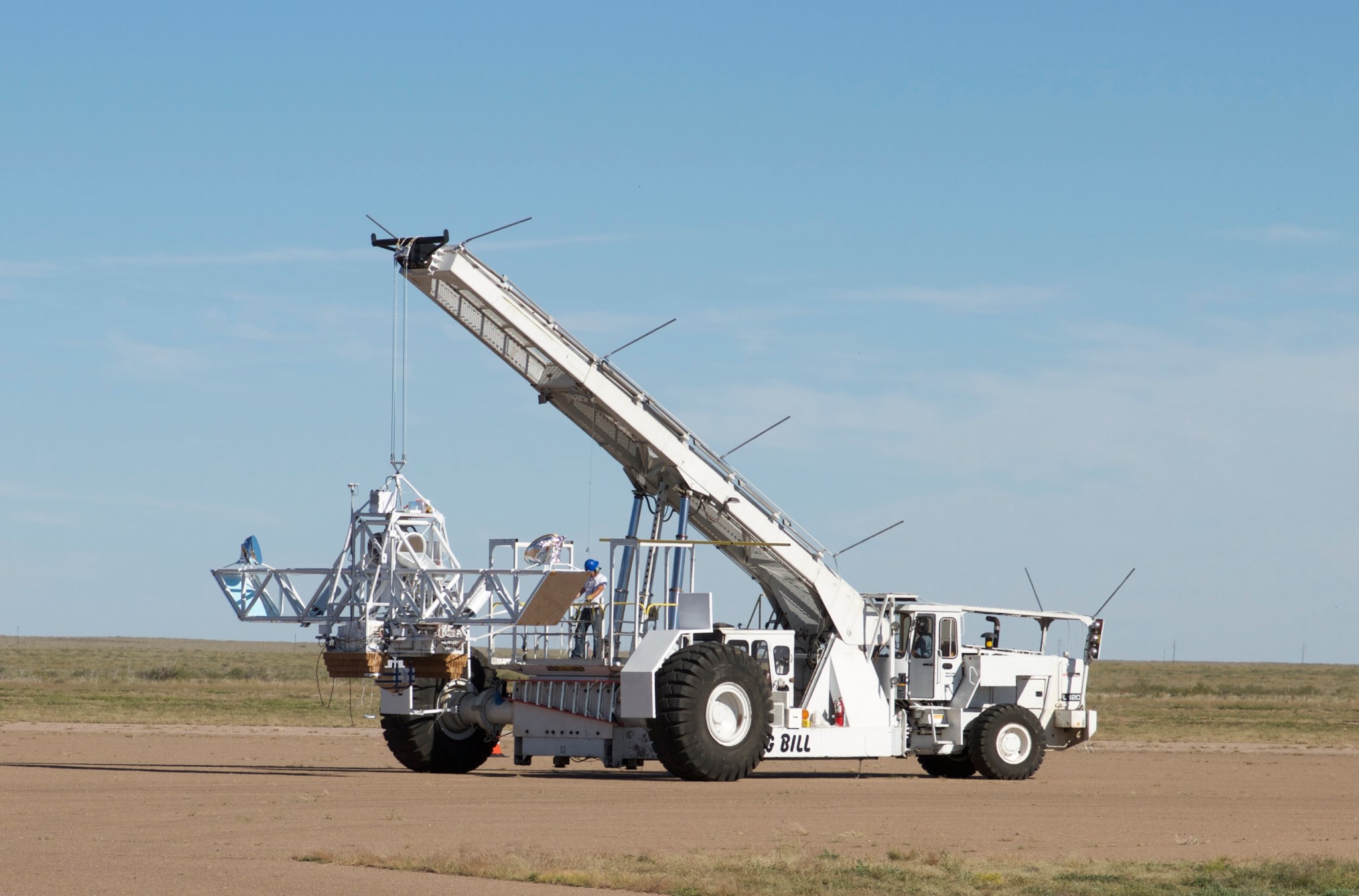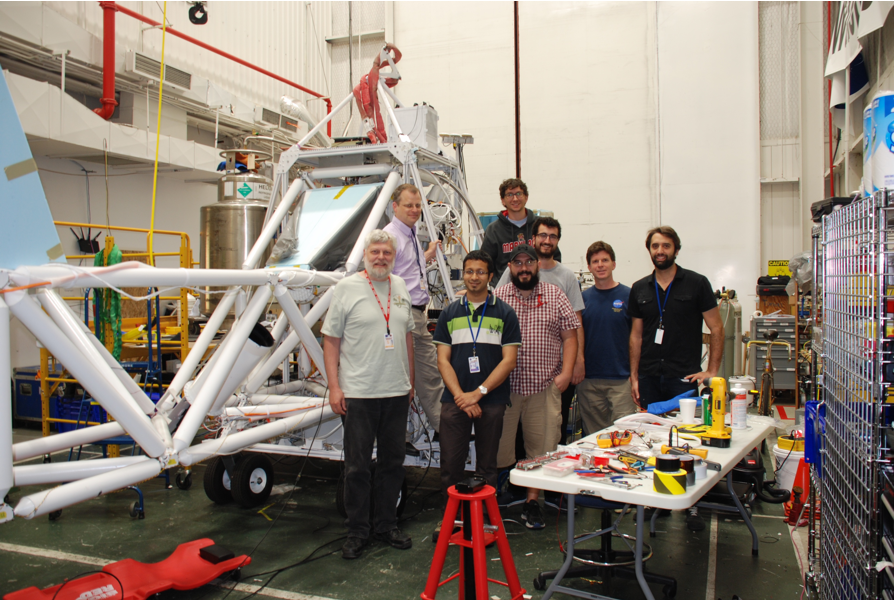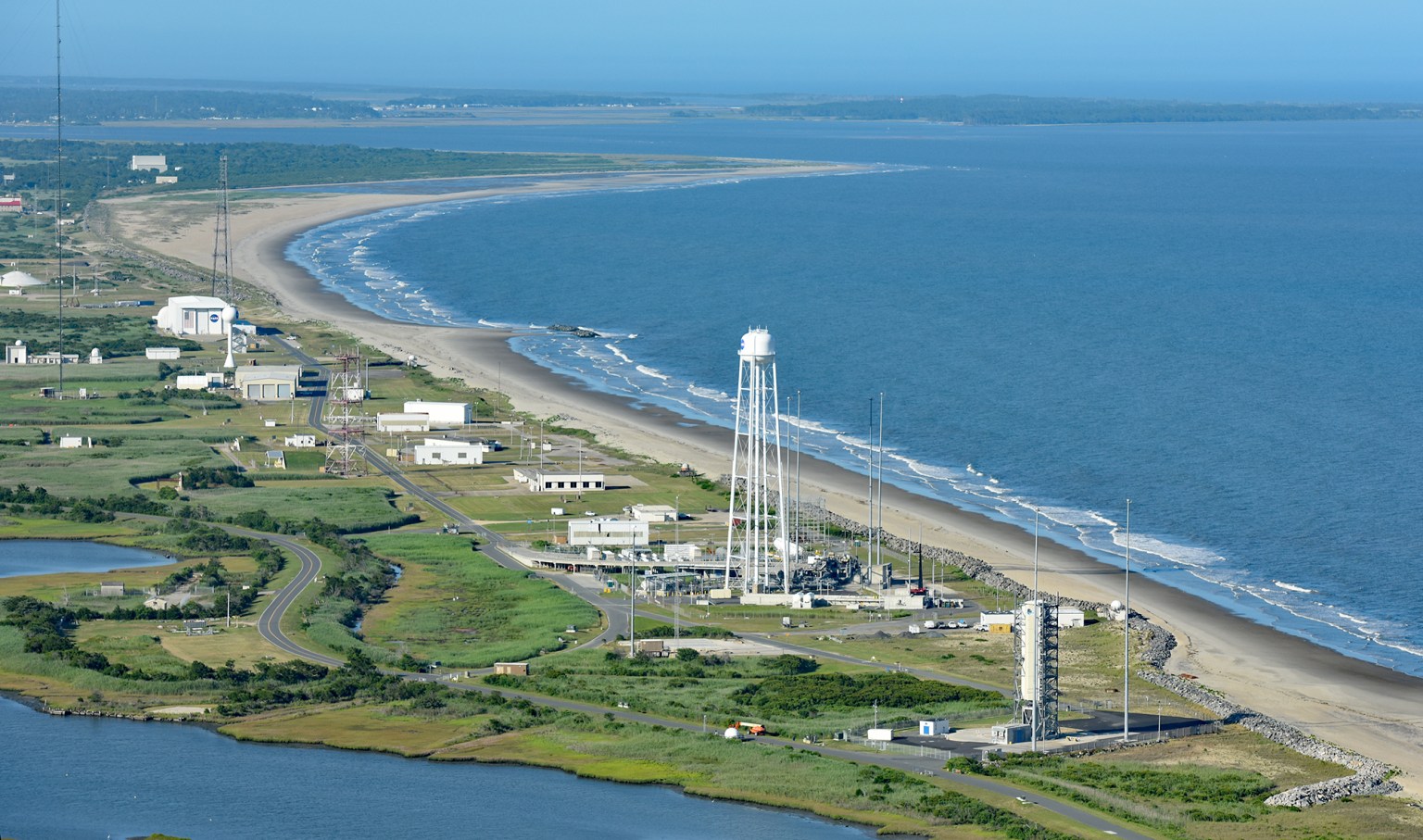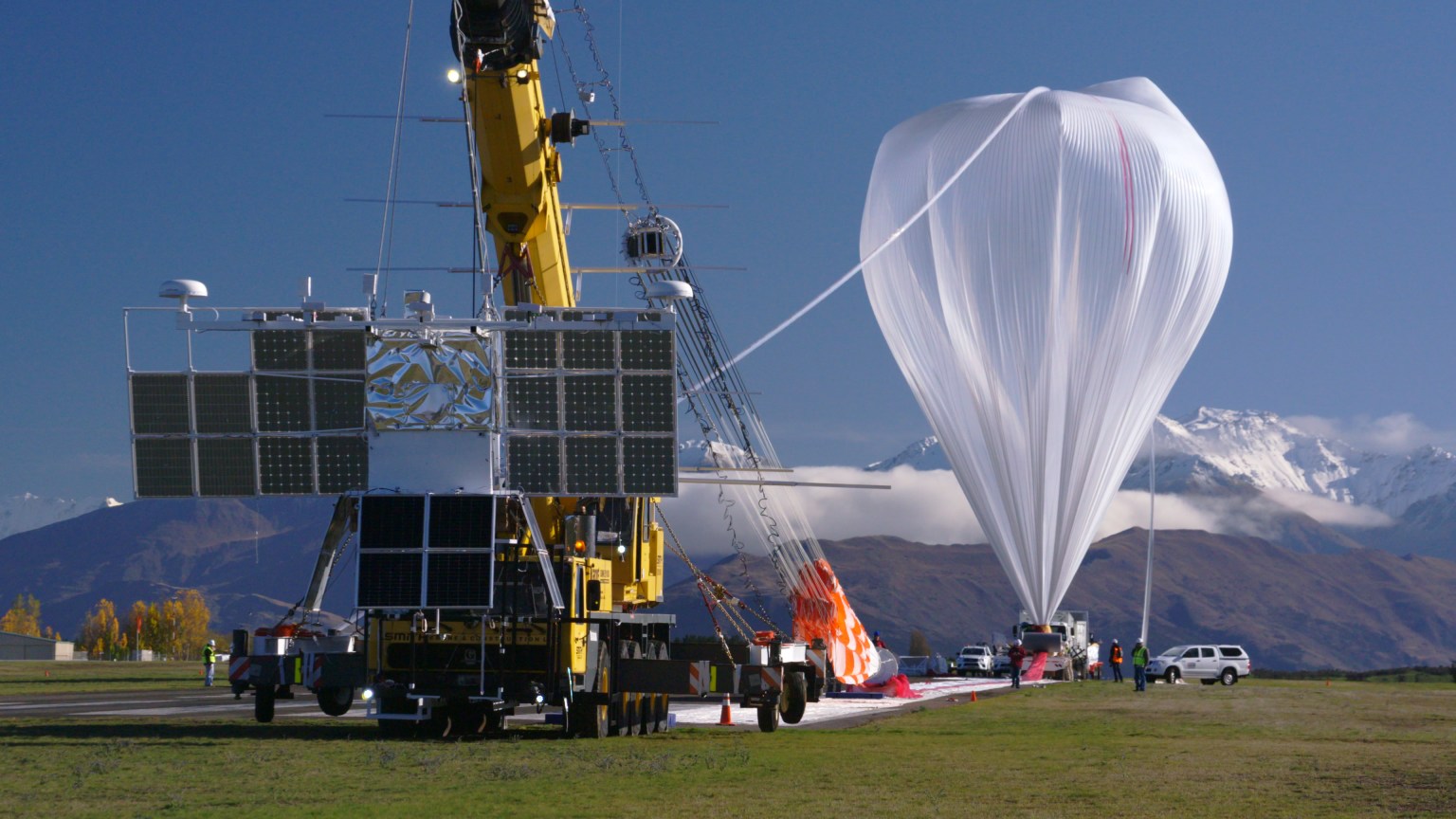Gaining more detailed views of star formation and other galactic phenomena as well as detecting the faint quantum gravity signature from the first moments after the Big Bang are the goals of NASA’s 2017 Scientific Balloon Campaign at the agency’s Columbia Scientific Balloon Facility (CSBF) in Palestine, Texas.
The campaign has officially kicked off with three nighttime balloon flights planned.
“CSBF is exceptionally well-suited for conducting short duration nighttime science and technology flights up to near-space altitudes,” said Debbie Fairbrother, NASA’s Balloon Program Office chief. “We’re flying some cutting-edge experiments this year that are poised to help answer some of our universe’s greatest mysteries.”
First up is Goddard Space Flight Center’s Balloon Experimental Twin Telescope for Infrared Interferometry (BETTII) payload, designed to provide astronomers sharper views of star formation, galaxy evolution, and the formation of planetary systems around other stars.
BETTII, launching via a 39.57-million-cubic-foot scientific balloon comparable in size to a football stadium, is flight ready with a launch attempt planned Thursday, June 8, pending weather. This initial flight is focused on the testing and characterization of the payload to lay the groundwork for future flights studying star formation and the nuclei of galaxies. Data acquired with BETTII will be complimentary to observations with space observatories such as Herschel and the James Webb Space Telescope.
Other flights planned from the facility are the Balloon-Borne Imaging Telescope, also known as SuperBIT, launching via a 29.47-million-cubic-foot scientific balloon. Additionally, Goddard’s Primordial Inflation Polarization Explorer (PIPER) is scheduled to be flight ready June 10 flying via a 34.43-million-cubic-foot scientific balloon.
The SuperBIT payload combines highly-precise, milli-arcsecond pointing with a telescope operating within and just outside the visible light spectrum for conducting galactic observations. PIPER is a telescope super-cooled for increased sensitivity to detect the faint, remnant heat radiation from the Big Bang.
Actual launch dates for all the payloads will largely depend on weather conditions at the site.
All three missions require nighttime flight to conduct their science missions. While most scientific balloon launches occur during early morning hours, weather conditions at the CSBF site in late spring and early summer are particularly conducive for afternoon launch operations, making it ideal for missions with short duration, nighttime flight requirements. The flights flying this year are all slated to run about 8 hours at float.
As the balloons ascend to their operational float altitude, they may be visible from the ground, particularly at sunset and sunrise. Anyone can track real-time operational status of the balloon mission by visiting:
http://www.csbf.nasa.gov/palestine/psn.htm
NASA’s Wallops Flight Facility in Virginia manages the agency’s scientific balloon flight program with 10 to 15 flights each year from launch sites worldwide. Orbital ATK, which operates NASA’s Columbia Scientific Balloon Facility in Palestine, Texas, provides mission planning, engineering services and field operations for NASA’s scientific balloon program. The CSBF team has launched more than 1,700 scientific balloons in the over 35 years of operation.
For more information on NASA’s Balloon Program, visit:
www.nasa.gov/scientificballoons
Jeremy L. Eggers
NASA’s Wallops Flight Facility
757-824-2958
Jeremy.L.Eggers@nasa.gov






























